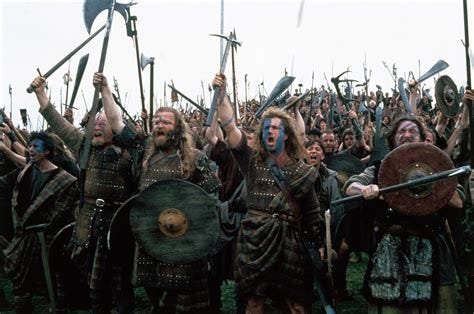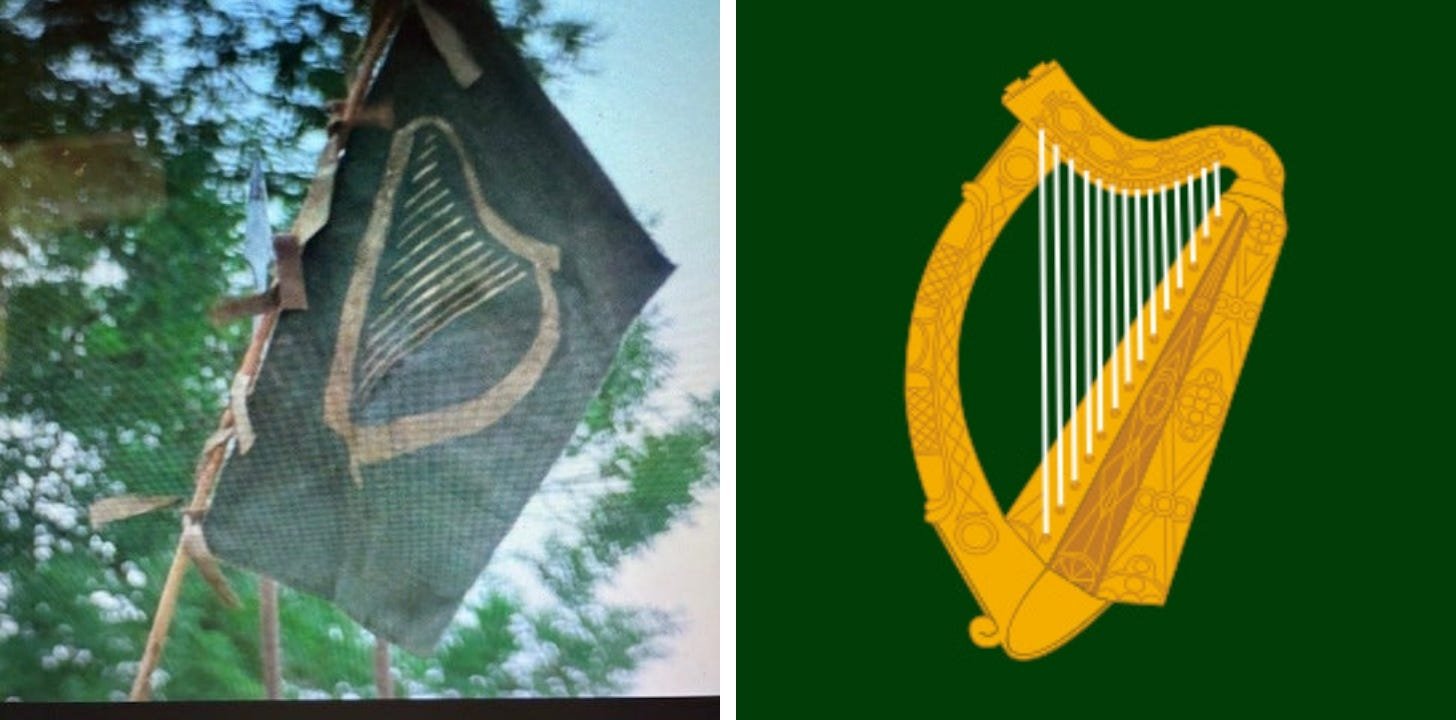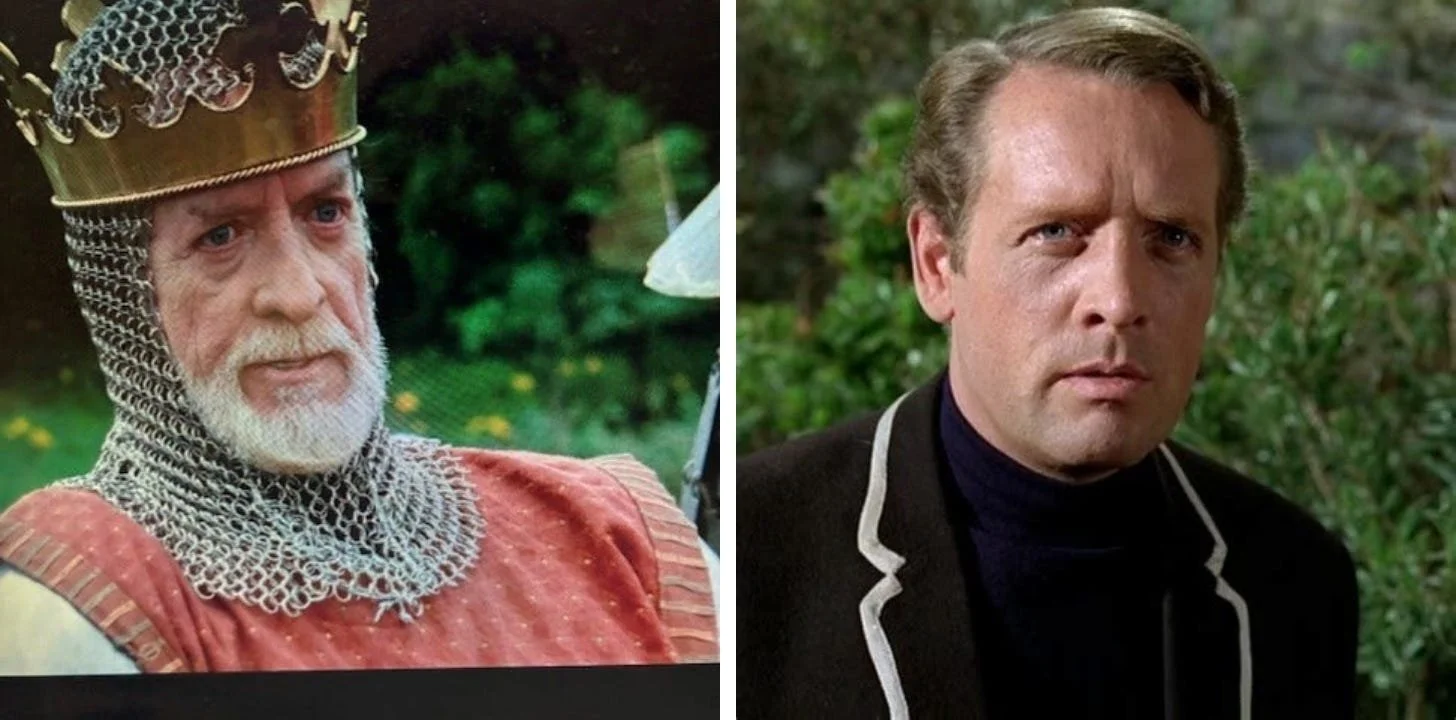Mad Mel
Mel Gibson’s bloody epic about Scottish warriors and their dastardly enemies only did so so business in 1995, opening on Memorial Day and finishing the year 21st at the box office. Maybe the R rating for bloody gore hurt business. Maybe it was too long at almost three hours. In no way did anyone ever suggest that its many inaccuracies and anti-British revisionism were keeping people away.
Braveheart eventually had its day on March 25, 1996, when it took home five Oscars including Best Picture and Best Director (Gibson). Within a decade of its release Scotland voted on Independence from England. The “Braveheart effect” got the issue on the ballot but Scotland voters ultimately said no to independence.
Gibson, who holds Irish citizenship, gave it his best shot. The way he portrayed England’s rulers – especially King Edward I aka Longshanks – lit the fire in the bellies of the resistance. But Gibson got his historical facts so screwed up that looking at the film 30 years after its release you’ve got to wonder what his agenda really was.
Even its critics will concede that the battle scenes in Braveheart were the bloodiest, but some of the best, ever. The film was shot in Ireland in 1994. 1500 members of the Irish Army were cast as soldiers on both sides.
PERFIDIOUS ALBION
Now it can be told. Braveheart is subversive. It raises William Wallace to the status of Warrior/Saint and stokes Scottish nationalistic aspirations. That’s obvious. But it also shows the world what the indigenous Irish were up against; why they fought the British for centuries.
England was always up to no good when it came to its colonies. Scotland and Ireland were the first to feel John Bull’s brutish occupation. And they never forgot. Gibson’s Irishness is on full display with the Scots as surrogates for his freedom-loving ancestors. His mom was born in County Longford. He grew up in Australia with antipathy for English rule and a love of Irish legends.
Perfidious Albion was the way her bellicose subjects referred to England. Perfidious as in deceitful. Albion as in Old Greek for England. It wasn’t just the Irish and Scottish who used the term. France (la perfide Albion) was especially fond of it. Napoleon used it often as shorthand for English treachery, duplicity, double-dealing and general lack of scruples.
MAKING STUFF UP
As you’ll see, Braveheart gets a lot wrong. Mel Gibson, with the aid of screenwriter Randall Wallace, played fast and loose with the facts. So, I’m going to imagine that when he first got the screenplay, he read it and said, “I’m Irish. This is Scottish,” and turned it down. But then he realized the Scots could be the stand ins for the Irish in their struggles with jolly olde England. So he signed on to direct. (He supposedly wanted Brad Pitt to play William Wallace but he was making Legends of the Fall at the time.)
In the movie Kneecap, the IRA man played by Michael Fasbender tells his son, who’s dressed in a cute kid’s cowboy outfit, that the next time he watches a Western, “see it through the eyes of an Indian.” That’s basically what MelGibson did in Braveheart.
“The film dovetails with Hollywood’s revisionist agenda...Indeed the wild Scots, plaited and still using woad as warpaint are in effect Red Indians.” Daily Telegraph of London. 18 November 1995.
GETTING IT WRONG FOR A RIGHTEOUS CAUSE
“Woad as warpaint”? With his face painted Scottish blue, Gison was a fierce kilted warrior. Two problems. Woad, the dye from flowers the Scots wore on their faces, was popular in 500 CE. The kilt wasn’t worn until 1600 CE. In Gibson’s defense, take away the blue faces and kilts and it’s hard to tell one soldier from another.
Then there’s the whole “Jus-primae-noctis, often-translated-as-the-right-of-the-first-night" thing. Longshanks decreed that to convince English nobles occupying Scottish estates to stay there, they would have the right to fornicate with the bride of “their”peasants on her marriage night. Not true, say most historians. Come on. And plantation owners weren’t having their way with enslaved women.
The biggest intentional inaccuracy is bringing together Wallace and Princess Isabella. She was the daughter of the King of France who at 13 was married off to the son of King Edward I – yes, the Princess of Wales. Improbably, she and Wallace meet and mate and she tells Longshanks on his death bed she’ll make damn sure the future King of England will be the son of Wallace. I remember thinking when first watching Braveheart, “Really?” Not. Princess Isabella would have been five years old when she supposedly hooked up with Wallace.
Thirty years after its release Braveheart still shows up on those lists of “Most Historically Inaccurate Movies.” Also on those lists are Gibson’s Passion of the Christ and Apocalypto.
HERE’S PROOF
As the climactic battle is about to begin, field commander Longshanks tells his second not to use the archers from Wales. “Arrows are expensive. Send in the Irish. Dead men cost nothing.” Those Irish troops in a battle that took place in 1305 marched under a flag (left) that wasn’t created until 1642 (right). It’s currently the flag of Leinster, one of Ireland’s four provinces.
STILL ANGRY AFTER ALL THESE YEARS
Mel Gibson’s movie career peaked with Braveheart. Ten Oscar nominations, five wins. Mostly positive reviews. (“It's Mel Gibson's movie all the way, and he comes through triumphantly.” Associated Press. “Braveheart stands tall among the biggest and the best: Lawrence of Arabia, Ben-Hur, El Cid. “ Arizona Republic.) Some were negative. (“A disastrous consequence is a self-indulgent running time.” Winnipeg Free Pess.)
Since 1995 it’s been mostly bad news for Gibson. Right after Braveheart his critics called him anglophobic, xenophobic and homophobic. That last one for how the son of Longshanks comes off on screen as a prissy, emotional weakling who can’t stand up to the King. In 2006 he let loose with a roadside rant against Jews during a DUII stop. Other offensive comments came (“I was tickling a bit of vodka,” he explained one time. He says he’s sober now.) His words and deeds these days are catnip to conservative media but his best filmmaking days are behind him. His Malibu estate was destroyed by the LA fires. Since then, he’s vowing to stay and rebuild and, by the way, “Let’s get rid of Governor Newsom and Mayor Bass,” he proclaimed in a half-assed recall effort. He was named by Trump as some kind of show biz ambassador and swears he’s got one more epic in him: The Resurrection of the Christ, sequel to the Passion, which made $600 million worldwide and is the most successful religious movie ever.
Brendan Gleeson got his first big break in Braveheart playing Hamish the lifelong friend of William Wallace. His latest role is Colm Doherty in Banshees of Inisherin.
Patrick McGoohan got positive reviews for his sinister portrayal of King Edward I aka Longshanks. He starred as Number Six in the television show The Prisoner.
Brian Cox played Wallace’s uncle Argyll who rescues him and provides an upper class education. Cox will always be known for playing Logan Roy in Succession





